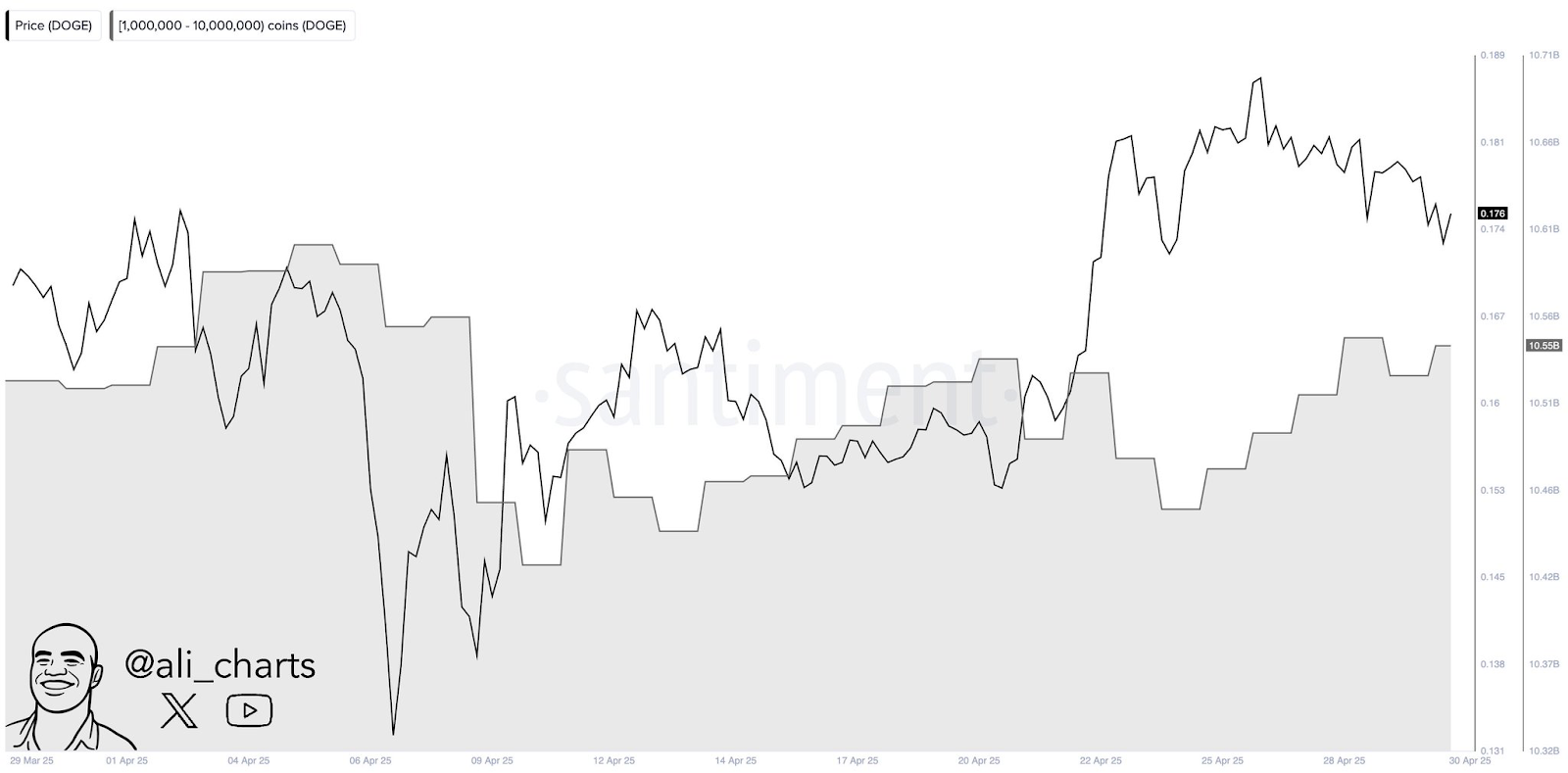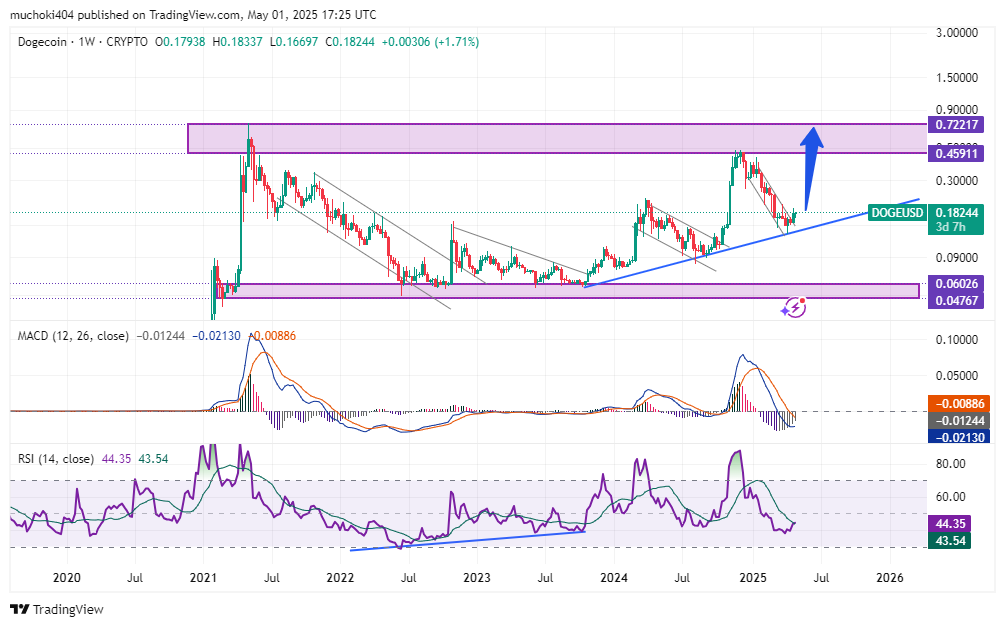
A total of 22,000 Bitcoin options contracts will expire today with overall market activity remaining subdued as BTC price oscillates in a tight range between $82,000-$84,000. Amid tightening volatilities, traders have been ramping up selling activity recently. Analysts are predicting a BTC move either to $44,000 or to $112,000 based on macro conditions and other factors. another positive indicator is that Bitcoin ETF inflows have resumed once again with BlackRock’s IBIT leading the show.
22,000 Bitcoin Options to Expire Amid Flat Market Conditions
A total of 22,000 Bitcoin (BTC) options, with a Put/Call ratio of 0.84, are set to expire, carrying a notional value of $1.83 billion and a max pain point of $85,000, as per the data from Deribit.

Over the last week, the crypto market saw subdued market activity with the total number of option deliveries dropping by nearly 50%. Furthermore, short-term implied volatility (IV) saw a sharp decline, falling below 50% across the board for BTC, ahead of today’s Bitcoin options expiry.
Data shows that institutional options market makers are ramping up selling activity while tightening implied volatilities. This signals the expectations of a short-term sideways movement for Bitcoin ahead.
Where’s BTC Price Heading Next?
BTC price has struggled to break past the $84,000 resistance despite the recent initial thrust after the FOMC meeting. This shows that bulls have not mustered enough strength for a rally ahead. As the impact of the Trump tariff war on the US equity market intensifies, President Donald Trump has asked the US Federal Reserve to announce rate cuts soon.
Crypto market veterans like Arthur Hayes expect the Fed rate cuts to come by April which could push the Bitcoin price even higher. Crypto analyst Ali Martinez has outlined pivotal support and resistance levels for Bitcoin (BTC) using pricing bands. He noted:
- A break and hold above $94,000 could propel Bitcoin toward a surge to $112,000.
- Conversely, a drop below $76,000 would place the next critical support levels at $58,000 and $44,000.

BTC’s daily trading volume has dropped by 31% to $25 billion ahead of today’s Bitcoin options expiry. It will be interesting to see whether BTC resumes the uptrend in the near time.
Bitcoin ETF Inflows Resume Again
US Bitcoin ETFs have recorded five consecutive sessions of inflows. On Thursday, March 20, Bitcoin spot ETFs recorded a total net inflow of $166 million, signaling growing investor interest in the market. BlackRock’s IBIT led the surge, achieving the highest single-day net inflow among Bitcoin spot ETFs at $172 million, as per data from Farside Investors.
The post 22,000 Bitcoin Options Expiry: What’s Next for BTC Price As Bitcoin ETF Inflows Resume? appeared first on CoinGape.









